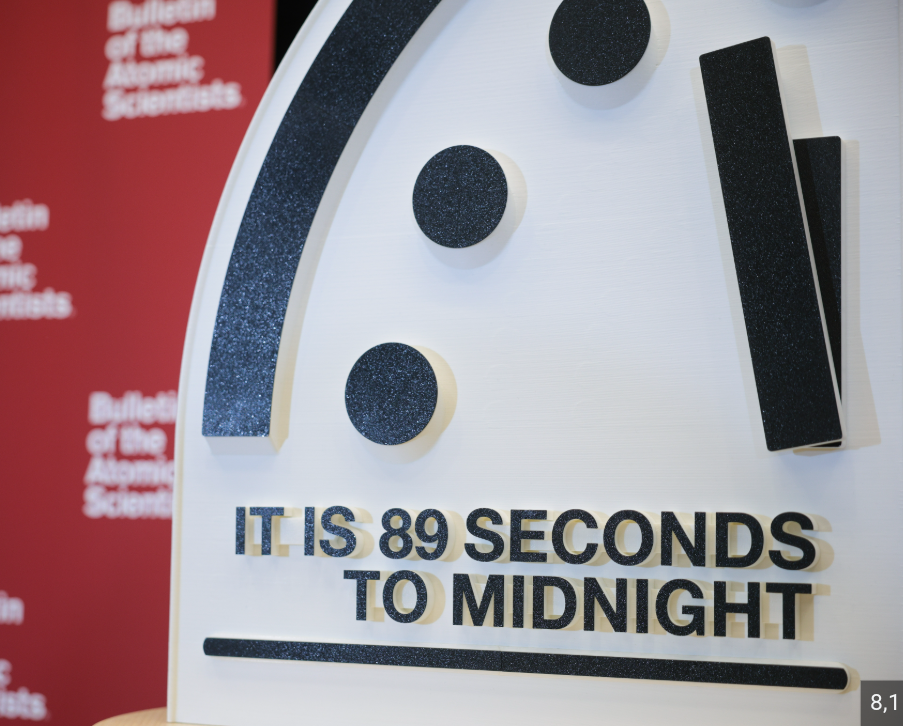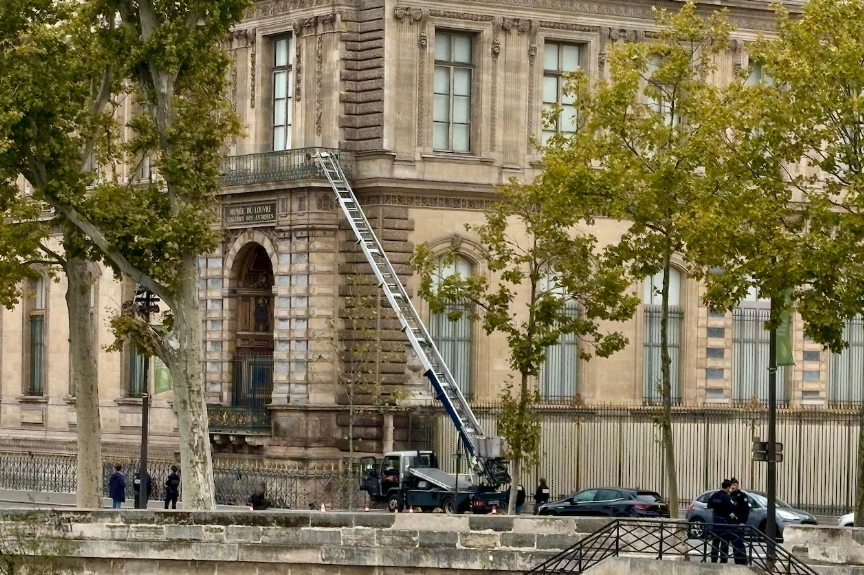Early 20th century
The Israeli–Palestinian conflict began in the late 19th and early 20th centuries, with the development of political Zionism and the arrival of Zionist settlers to Palestine. The modern political Zionist movement, with the goal of establishing a Jewish state in Palestine, grew out of the last two decades of the 19th century, largely in response to antisemitism in Europe.
1920’s
With the commitment to establishing a national home for the Jewish people in Palestine, the creation of the British Mandate in Palestine after the end of the first World War would allow for large-scale Jewish immigration. This would be accompanied by the development of a separate Jewish controlled sector of the economy which was supported with large amounts of capital from abroad. The more ardent Zionist ideologues of the Second Aliyah would become the leaders of the Yishuv starting in the 1920s and believed in the separation of Jewish and Arab economies and societies. During this period, the exclusionary nationalist ethos would grow to overpower the socialist ideals that the Second Aliyah had arrived with. Amin al-Husseini, the leader of the Palestinian Arab National Movement, immediately marked Jewish national movement and Jewish immigration to Palestine as the sole enemy to his cause, initiating large-scale riots against the Jews as early as 1920 in Jerusalem and in 1921 in Jaffa.
1948 Arab–Israeli War
Following the Declaration of the Establishment of the State of Israel on 14 May 1948, the Arab League decided to intervene on behalf of Palestinian Arabs, marching their forces into former British Palestine, beginning the main phase of the 1948 Arab–Israeli War. The overall fighting, leading to around 15,000 casualties, resulted in cease-fire and armistice agreements of 1949, with Israel holding much of the former Mandate territory, Jordan occupying and later annexing the West Bank and Egypt taking over the Gaza Strip, where the All-Palestine Government was declared by the Arab League on 22 September 1948.
Israel-Hamas war (2023-present)
After the 2014 war and 2021 crisis, Hamas began planning an attack on Israel. In 2022, Netanyahu returned to power while headlining a hardline far-right government, which led to greater political strife in Israel and clashes in the Palestinian territories. This culminated in the 2023 Israel–Hamas war, when Hamas-led militant groups launched a surprise attack on southern Israel from the Gaza Strip, killing more than 1,200 Israeli civilians and military personnel and taking hostages. The Israeli military retaliated by conducting an extensive aerial bombardment campaign on Gaza, followed by a large-scale ground invasion with the stated goal of destroying Hamas and controlling security in Gaza afterwards. Israel killed tens of thousands of Palestinians, including civilians and combatants and displaced almost two million people. South Africa accused Israel of genocide at the International Court of Justice and called for an immediate ceasefire. The Court issued an order requiring Israel to take all measures to prevent any acts contrary to the 1948 Genocide Convention, but did not order Israel to suspend its military campaign.
Key aspects of Israel wanting to invade Palestine include the Israeli occupation of the West Bank and Gaza Strip, the status of Jerusalem, Israeli settlements, borders, security, water rights, the permit regime, Palestinian freedom of movement, and the Palestinian right of return.









